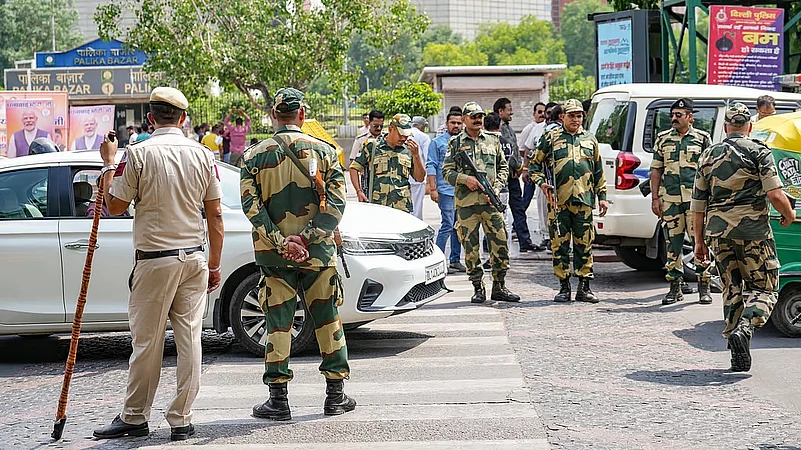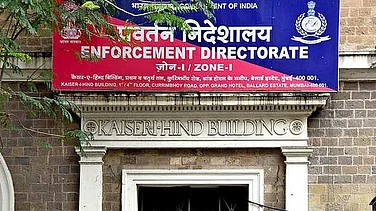Days after the deadly terror attack in Pahalgam killing 26 people, India is gearing up for a multi-pronged mock drill on May 7 to evaluate the emergency security response repertoire in case of a hostile attack amid escalating political tensions with Pakistan.
The Ministry of Home Affairs (MHA) on May 5 instructed the northern and western states along with Union territories to conduct civil defence mock drills on May 7. During the mock drills, civilians will also be trained to protect themselves in case of a war.
According to different official notification issued by Delhi Police in view of the intense situation, anti-terror mock drills will begin at Chawri Bazar Metro Station area from as early as 8 AM.

The mock drill on Wednesday will test various objectives including the operationalisation of air raid warning sirens which are employed to warn civilians of an aerial attack in case of a war. Moreover, crash blackout measures will also be implemented when all visible lights will be shut down to prevent easy sighting during night-time surveillance or missile strikes.
What Are Balckouts?
Blackouts are one of the passive defensive mechanisms implemented during air strikes or air raids by enemy aircraft which helps in minimising casualties and damages by turning off all the visible lights and making the target areas invisible.
According to a , blackouts make locking ground targets difficult even for advanced high-speed aircraft. "The anxiety level of the enemy pilot in the cockpit would be more if the area is dark," it says.
The document also highlights that the objective is to ensure that "no light shall be visible at a height of 5,000 ft above ground level under normal visibility conditions."
Following the standard modus operandi, lighting restrictions must be implemented gradually and not all at once. These curbs would apply to street lights, factories and also lights from vehicles.
According to the draft order, a blackout "is intended to enable the people to protect themselves and their towns from enemy aircraft at night, without incurring the discomfort of total darkness".
Dos And Don'ts
The rules applicable for blackouts include reducing the intensity of public lighting to a minimum. "No direct ray from a street lamp shall be emitted except at a downward slope. Light thrown on the ground shall not be greater than that from a 25 watt bulb at a distance of 20 ft. or an ordinary hurricane lantern at a distance of 6 ft," the document says.
No lights should be used in any building unless it is screened by opaque material.
The instructions clearly say that no ray, direct from the source of light, or reflected from a bright surface, is visible outside the roofed portion of the building. Also, no glare should be thrown upwards outside the building or any part of it.
No light for decoration or advertisement will be allowed outside any building.
The document also explains how lights on cars and other vehicles must be covered. "All lights capable of throwing a beam, carried on a motor vehicle, shall be screened," it says and lays down three methods.
















